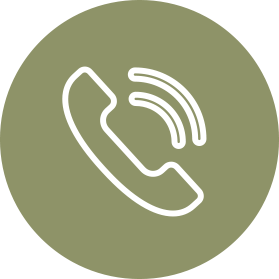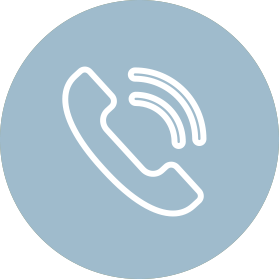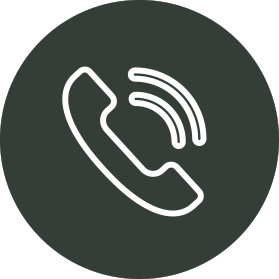Which Toothbrush – Manual or Electric Toothbrush?
Brushing at least twice daily is one of the most important things you can do for a beautiful smile. It dislodges food particles stuck between your teeth, removes plague, stimulates the gums and lowers the risk of oral disease. In addition to using the right toothpaste, however, you also need the right brush. While there are dozens of different toothbrushes available, they all fall under one of two categories: manual or electric. So, which type should you entrust with your oral health?
Operation
Both manual and electric toothbrushes are used in a similar manner. You hold the brush at a 45-degree angle and move it back and forth over your teeth. But only electric toothbrushes have automated, powered motions that may provide additional cleaning power. Some electric toothbrushes have a vibrating head, for instance, that automatically shakes to help remove plague from the teeth and gums. Other electric toothbrushes have an oscillating head that spins around to scrub your teeth and gums. Regardless, all electric toothbrushes feature a powered mechanism.
Price
You can expect to pay more for an electric toothbrush than a manual toothbrush. Manual toothbrushes are available for just $1 whereas electric toothbrushes cost $5 to $100.
The American Dental Association (ADA) recommends changing your toothbrush once every three to four months. For electric toothbrushes and certain types of manual brushes, you can replace the head instead of the entire brush to save money. For battery-powered brushes, you’ll also need to purchase new batteries. You can avoid this cost, however, by choosing an electric toothbrush with a built-in, non-removable battery. You simply place the electric toothbrush on a charging stand or plug it into the wall when finished to charge the battery.
Plaque Reduction
According to a meta-analysis of several dozen existing studies published in the Cochrane Library, electric toothbrushes remove more plaque than their manual counterparts. Researchers found that people who used an electric toothbrush for more than three months developed 21 percent less plaque and 11 percent less gingivitis than people who used a manual toothbrush for this same period. Other studies reinforce these findings, suggesting that electric toothbrushes are more effective at reducing plaque and cleaning teeth than manual brushes.
Ease of Use
Most people will agree that electric toothbrushes are easier to use than manual brushes. With their powered, automated movements, using them to brush your teeth requires less work.
People with poor dexterity, such as children and the elderly, will benefit the most from electric toothbrushes. Statistics show that roughly 22.7 percent of the U.S. adult population suffers from arthritis. Characterized by joint pain, inflammation and stiffness, this widespread medical condition can make otherwise simple tasks like pouring a glass of water or brushing your teeth painfully difficult. An electric toothbrush can help individuals suffering from arthritis brush their teeth more effectively and with less pain. The large handle combined with its automated mechanism makes brushing a breeze even for arthritis sufferers.
Braces
For people with braces or invisalign aligners, an electric toothbrush is probably the best choice. Electric brushes are usually designed with thinner bristles that fit through the braces to provide better cleaning power. On the other hand, the thick bristles of a manual toothbrush are often too fat to fit through braces, leaving teeth uncleaned.
Susceptibility to Damage
There’s a greater risk of damage with an electric toothbrush. Although there are waterproof models, most entry-level electric brushes will sustain internal damage when exposed to water. If you happen to drop it in the sink while brushing, it could short out the electrical components, preventing it from turning back on. Dropping an electric toothbrush on the ground may also damage it.
The good news is that even if your electric toothbrush stops working, you can still use it to brush your teeth; it’s just a manual brush now instead of an electric brush.
Features
Many electric toothbrushes manufactured today have neat features like a built-in timer or pressure sensor. We all know that two minutes is the minimum amount of time for which you should brush, but how do you know once you’ve reached the two-minute mark? If your electric toothbrush has a timer, you can set it for two minutes. After brushing for two minutes, it will sound an alarm, letting know know that it’s safe to stop brushing.
Brush Gently
Whether you use a manual or electric toothbrush, you should brush gently. Aggressively brushing your teeth isn’t going to make them cleaner. On the contrary, it can hurt your oral health by promoting recessed gums and, subsequently, tooth loss. To prevent this from happening, brush gently while using caution not to press down too hard on your gums.
Both manual and electric toothbrushes can provide a pearly white smile when used correctly. As revealed here, however, an electric toothbrush is usually the preferred choice because of its increased cleaning power, automated operation and features.
 DOWNTOWN
DOWNTOWN SEAPORT
SEAPORT GOVERNMENT
GOVERNMENT

